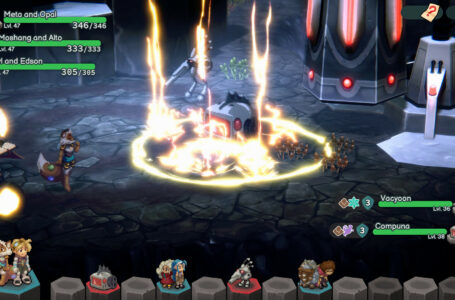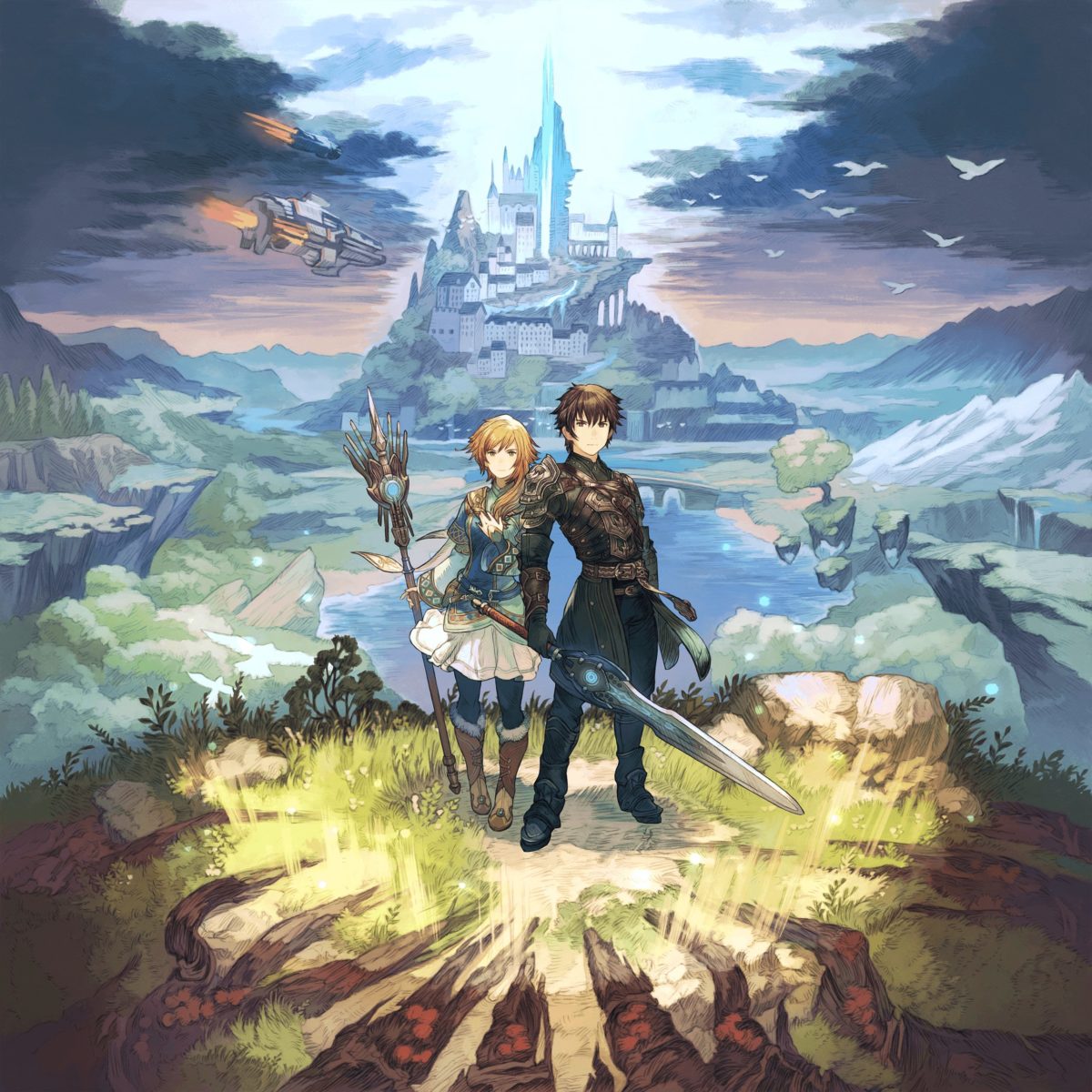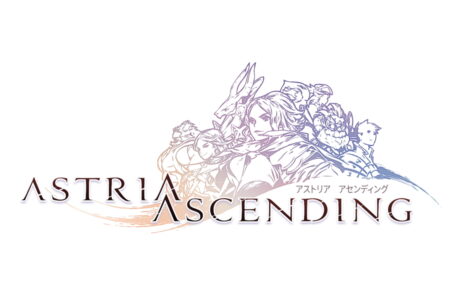Terra Memoria Review – Pretty, but also pretty bland
Turn-based RPGs have never died, despite what some people would like you to believe. But even I will admit that most of the good turn-based titles are coming from indie developers nowadays. Terra Memoria seemed like it could be another solid RPG, sporting some nice sprites and a world that had the potential for some interesting storytelling.
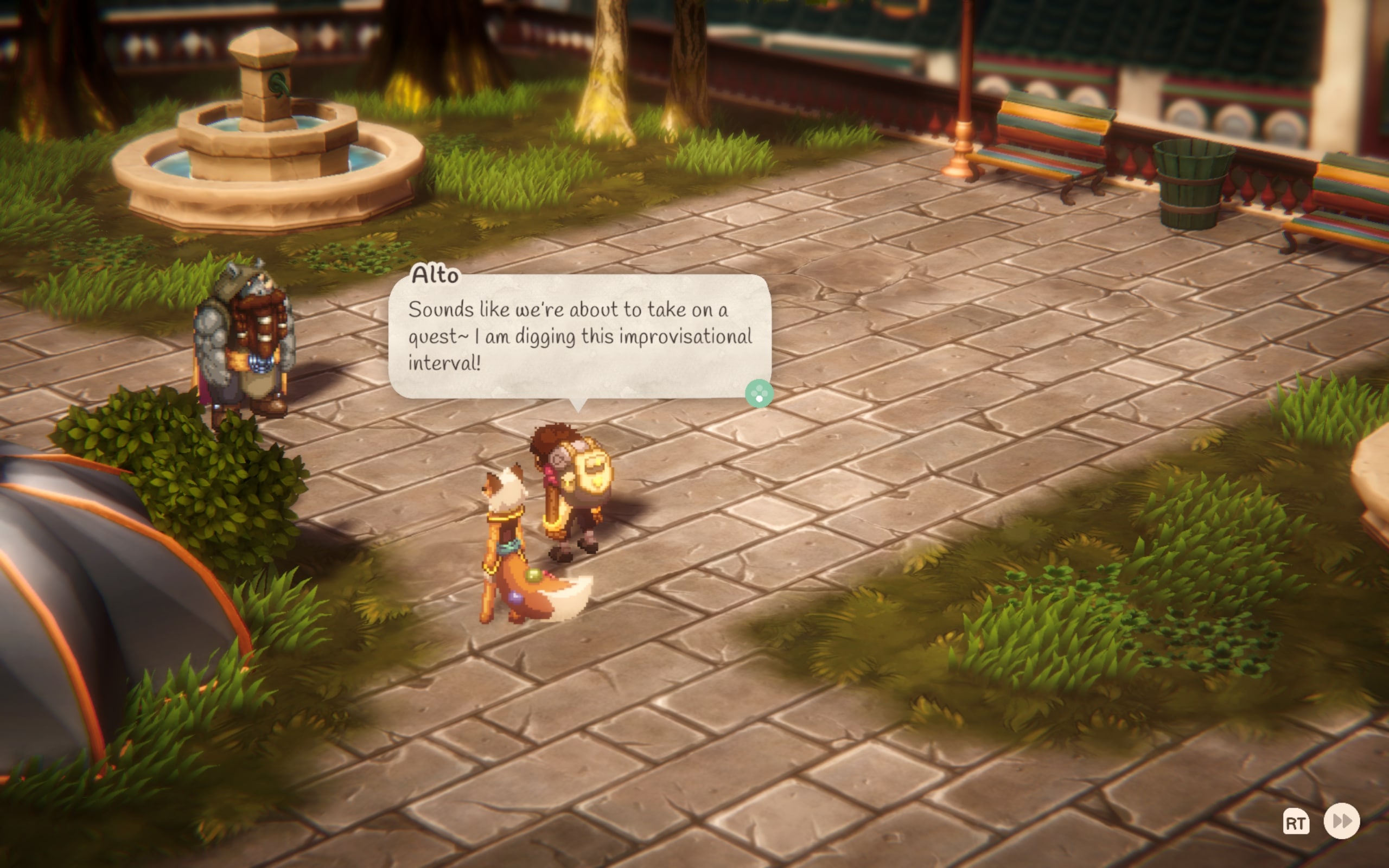
No Time To Explain
Terra Memoria takes place in a world powered almost entirely by crystals. But these crystals have started to become more scarce, leading to discontent from the general populace. Add in killer robots that are roaming the land attacking people indiscriminately, and things aren’t looking great.
This is where the games ragtag group of protagonists come in. There are a range of human and anthro characters that join the party early on — you get all six within the first few hours. These range from a magic user who comes from a race more known for its muscle, to an amnesiac who can also shapeshift at will.
It’s an interesting cast, at least when it comes to their initial designs and concepts. That makes it all the more unfortunate that each can basically be summed up in a couple of lines. Most character building happens in only a couple of scenes, with one in particular (the pin smith Opal) basically getting no real development outside of one optional cutscene.
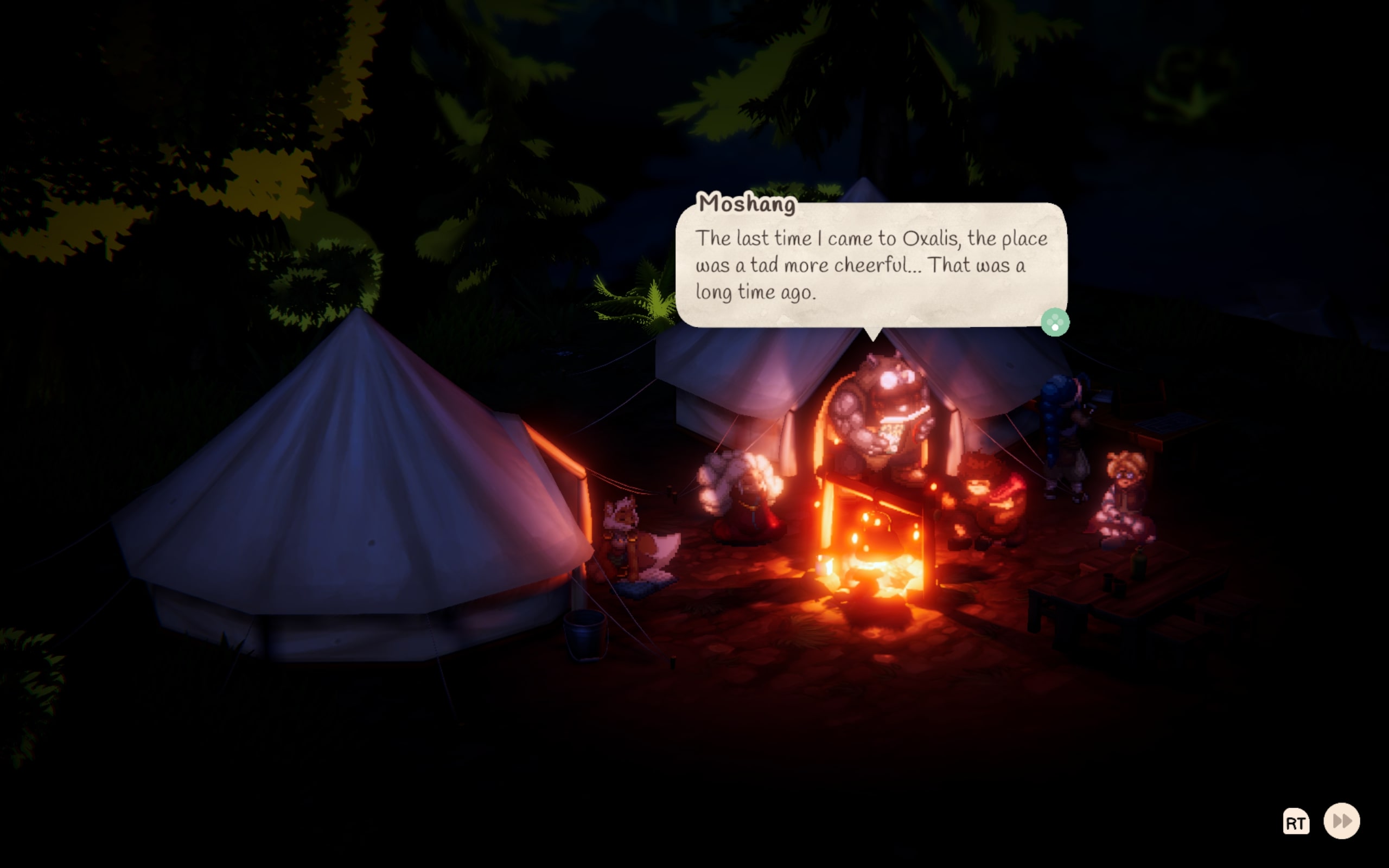
A lack of time spent on characters and the world really does harm Terra Memoria’s story. You spend very little time in each area, with the entire game taking me a little under 10 hours in total.
I was hoping sidequests would help fill in the gaps left by the main story, but these don’t fair much better. A good chunk of them are just joke quests with vague goals, while many others are fetch quests without much impact. The few that do include a little more are decent, and even lead to some short post-game scenes with each main character.
But on the whole, I never felt particularly invested with the party’s journey. Short RPGs are fine, but only if the scale and pacing match the runtime. Here, it feels like a much longer game that got heavily cut down and most of the interesting stuff was lost along the way. Everything leads to an ending that comes across as an obligation, rather than something that was planned from the start.
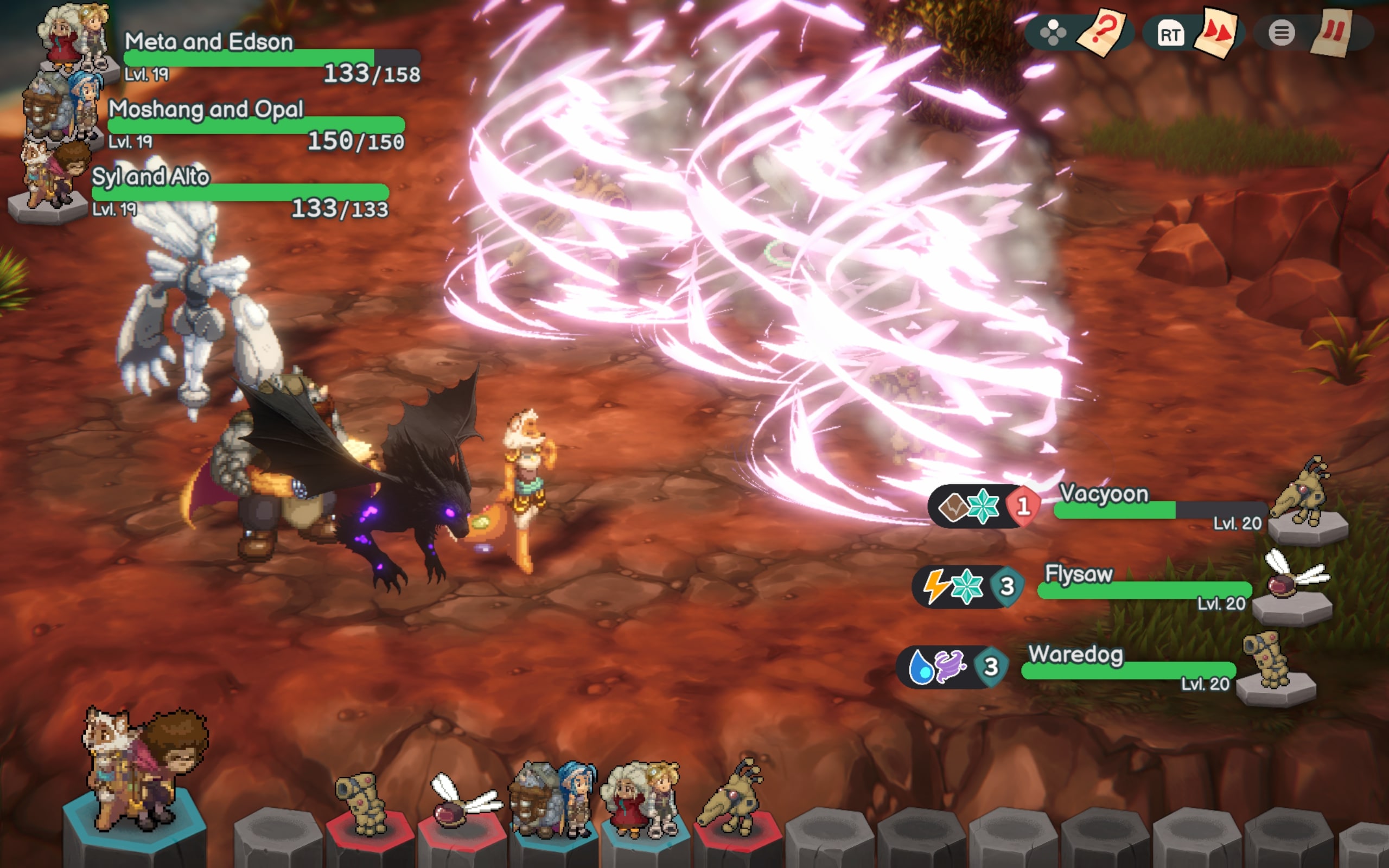
Simple Combat Done Wrong
This brevity seeps into every aspect of Terra Memoria, from questing to combat. As mentioned earlier, a lot of sidequests are very unimpactful. Aside from their content, a lot of my annoyances with these sidequests come from their rewards, or lack thereof. Most give you very little money, and I found myself actively skipping some near the end since they added nothing to the world.
Combat also suffers from some odd design choices, mostly due to its simplicity. Three of the cast act as playable characters, and have access to up to four moves at a time. Moves have an element, damage, and wait timer. Using an element an enemy is weak against will do extra damage to an enemy’s shield, eventually breaking it and making them take max damage from all elements. It’s somewhat similar to Octopath Traveller, attempting to reward careful move usage.
The problem with this system is that, unlike Octopath Traveller, enemies also take shield damage from literally any element. Elements an enemy is weak to do two shield damage, with others doing one. Since most enemies only have three or so points of shields, the best strategy just ends up being to spam aoe attacks while ignoring elements most of the time.
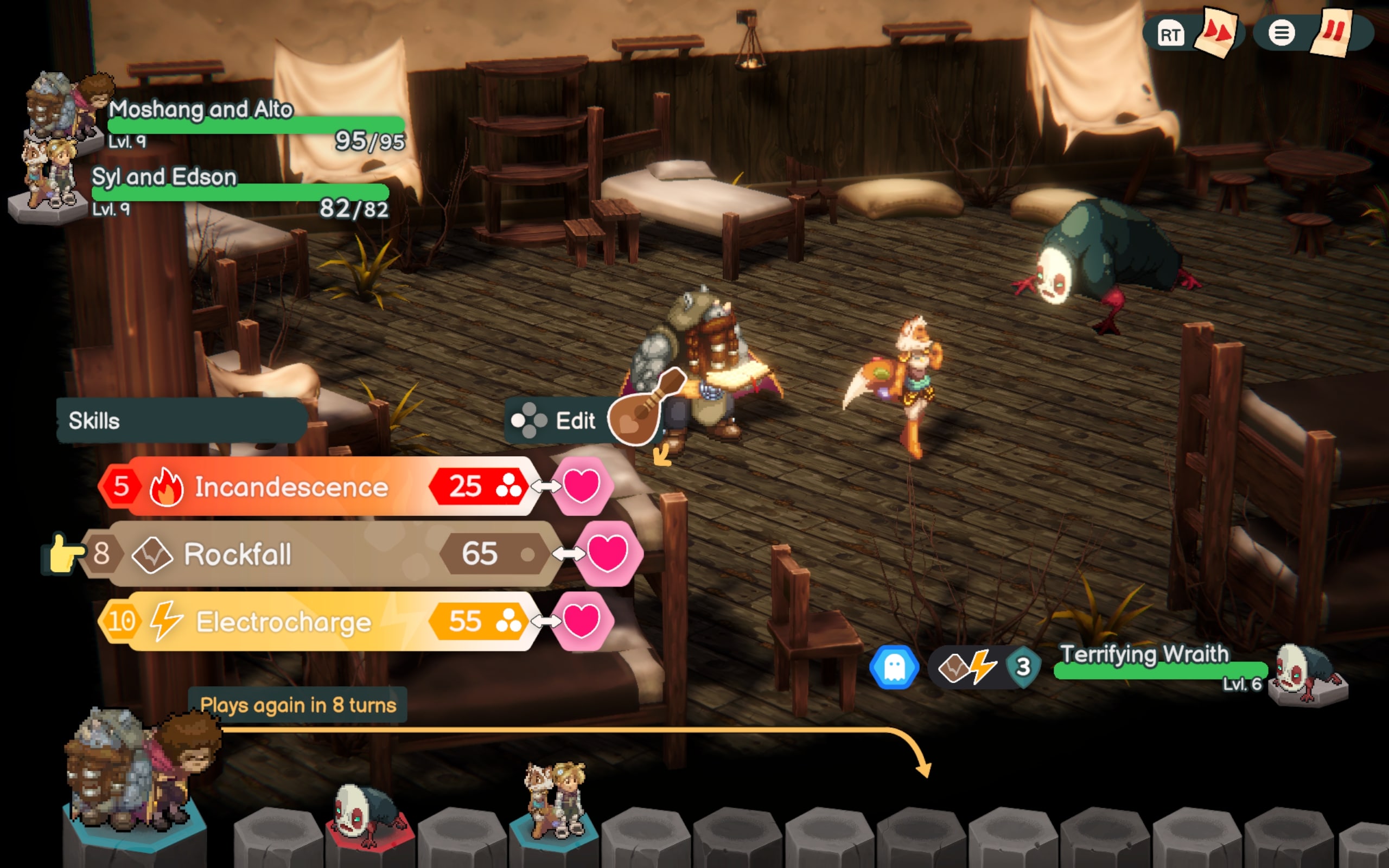
You can craft pins, which take the place of traditional gear. These grant bonuses to stats, including each element. Because of this, I just made sure to stack a bunch of pins that increases a specific element, and basically ignored weaknesses unless they happened to line up while spamming aoes.
Another baffling decision is to make half of the cast act as modifiers to the main three, being assigned randomly at the start of each battle. One switches attacks and heals, one switches single target and aoe attacks, and one switches elements at random. This means that you literally have access to every single thing you’d need, even if you don’t take the time to choose which abilities you take into battle.
After a few hours, I used the speedup function in battles to just get them over with. Outside of one section where the enemies jumped 10 levels, I never felt challenged, with even the final boss going down quickly. I also had little reason to check out new skills unlocked via exploration, since they didn’t do anything new.
Speaking of levels, they’re entirely unneeded. You gain levels at an incredibly quick page, with most giving a small HP buff and the occasional single-digit increase to attack and defence. Most stat boosts instead come from pins, and cooking food via a simple minigame at camps. Levelling could have been removed entirely, and I don’t think it would change much.
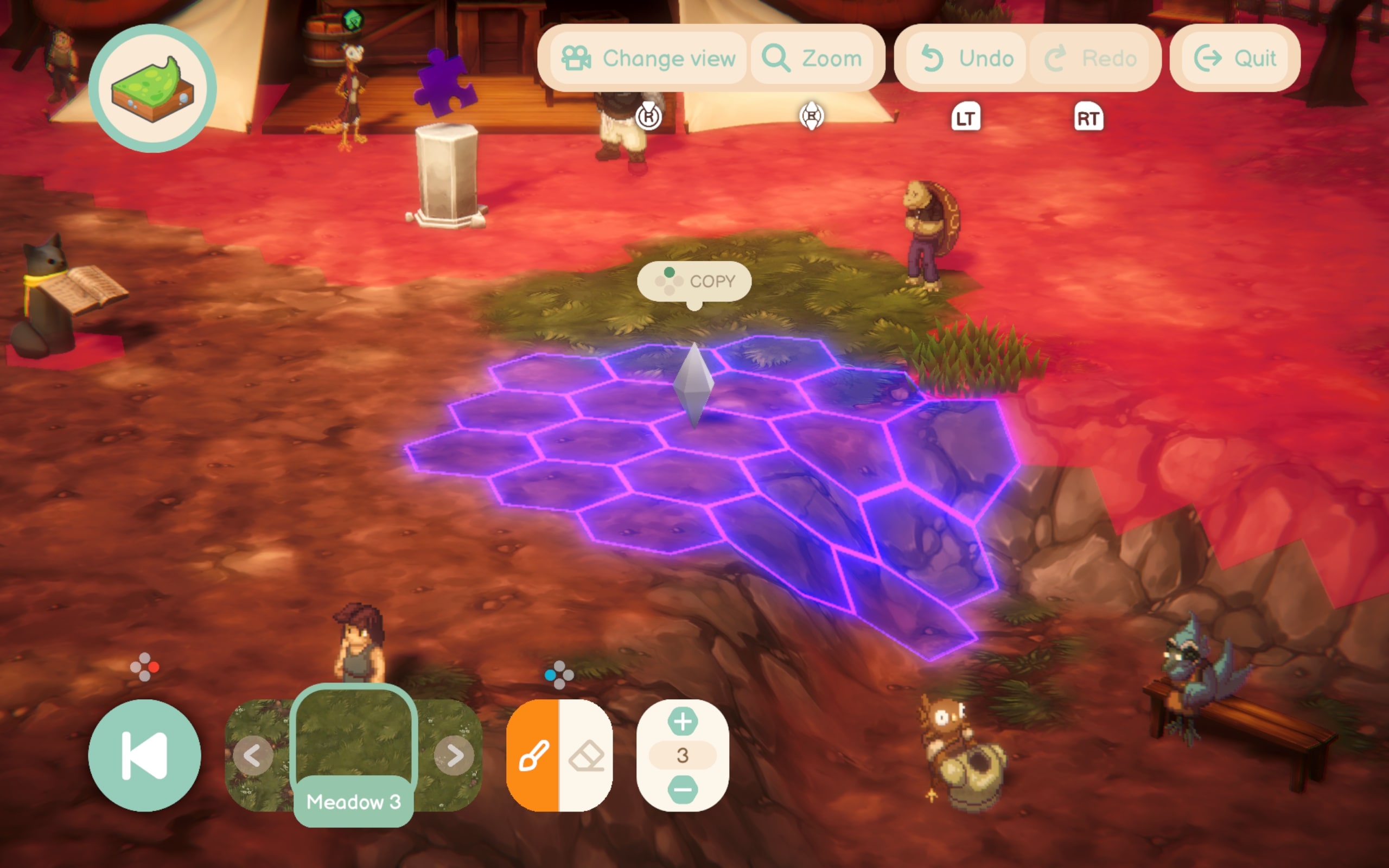
An Underutilised Building System
However, the thing that disappointed me the most in Terra Memoria is the building system. I went into the game expecting it to be a key part of gameplay, where you have to make new things to progress (the opening tutorial certainly gave that impression too). Instead it’s almost entirely relegated to an optional town building section.
To be fair, the tools you have access to are quite good. You can modify ground textures, place grass and other decorations, and choose where NPCs and buildings are placed. But the actual town still feels very lifeless, even if you put a bunch of time into designing it. NPCs don’t move around, and only really exist to give you small requests — you don’t even have the option to modify things like terrain elevation.
Having asked the dev team about this, building was originally intended to play a bigger part in the game. It’s a shame, since there was definitely potential for having you modify and repair the areas you come across during your journey. Instead, you just run through most areas without really having a reason to interact with them.
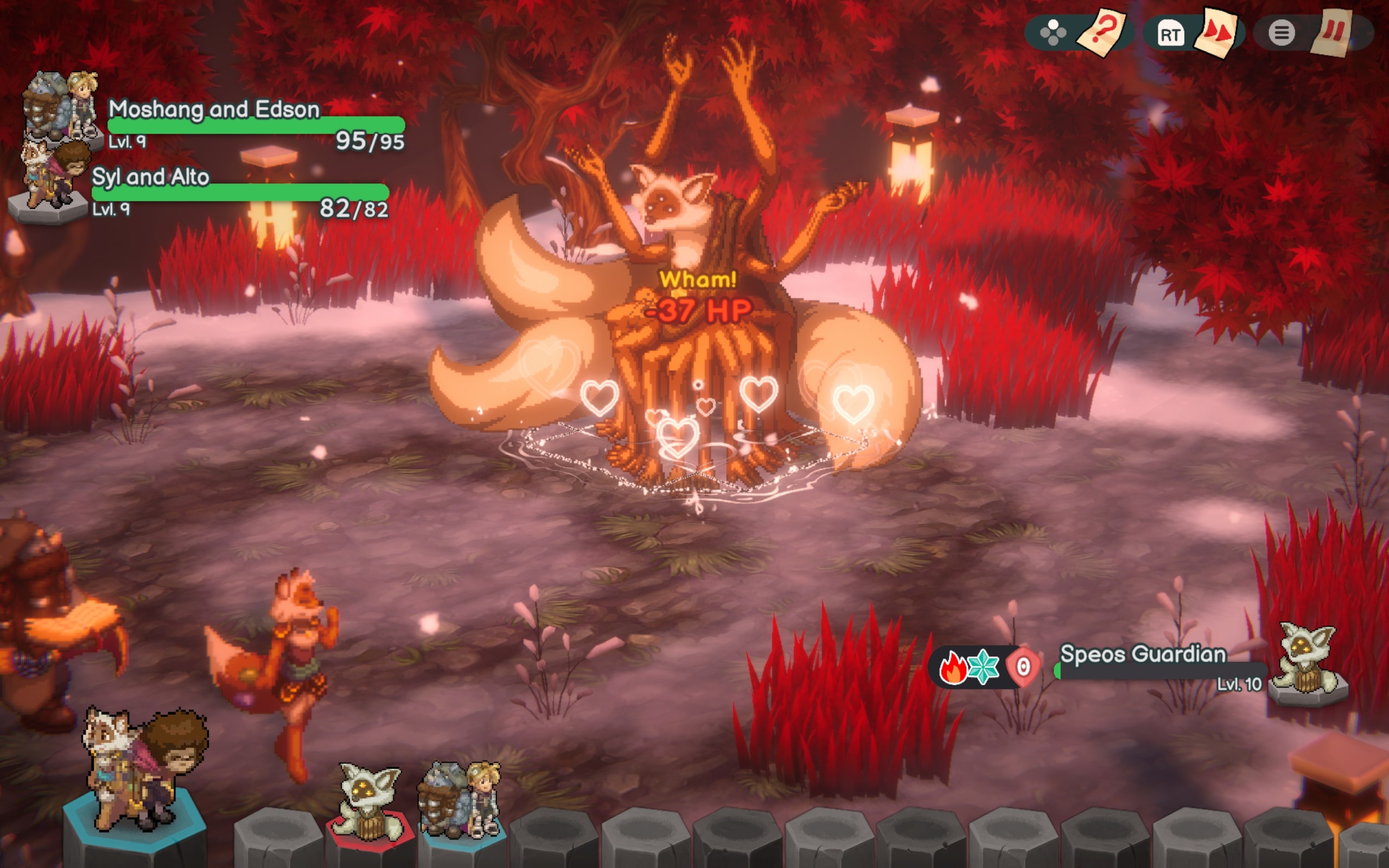
The one area that doesn’t disappoint (mostly) is Terra Memoria’s presentation. The sprite work is really nice, even if I’d like a few more battle animations — characters all use magic rather than attacking directly, leading to the same casting animation most of the time. Character designs are also strong, with the blend of humans and anthro characters making for a distinctive main cast.
Environments are less impressive, with many non-town areas making use of very simple 3D geometry. At least the area themes keep things fresh, especially the dense towns — even if there’s not actually much to do in each.
A solid soundtrack (with a number of battle theme variants) rounds out Terra Memoria’s solid presentation. Some areas do make use of short loops that occasionally become repetitive (the starting town section especially), but the quick pace of the story means you’ll be hearing new tunes all the time.
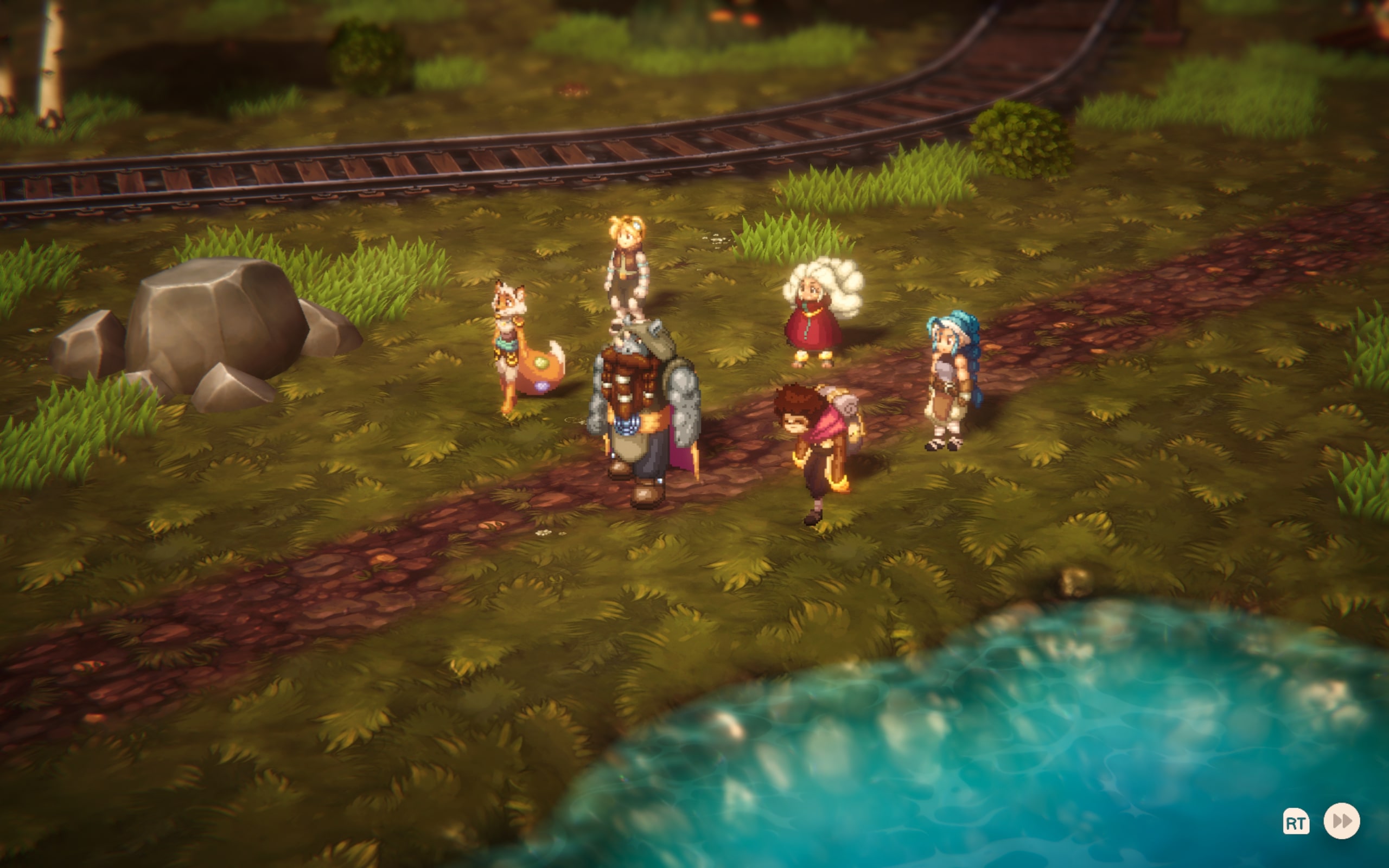
Terra Memoria Review | Final Thoughts
Terra Memoria comes across as a much larger project that had to be heavily cut down to get something out the door. I really liked the initial premise, and the character designs have a lot of charm. But everything else is just far too simplistic, leading to a story that is unmemorable and combat that requires no thought. Despite this, I wouldn’t be against another game in the same world that’s entirely focused around the robust building systems, since they hold a lot of potential.
Terra Memoria was reviewed on PC via Steam using a key supplied by the publisher. All screenshots were taken by the reviewer on a Legion Go.
Join The Discussion
Rice Digital Discord
Rice Digital Twitter
Rice Digital Facebook
Or write us a letter for the Rice Digital Friday Letters Page by clicking here!
Disclosure: Some links in this article may be affiliate links, which means we may earn a small commission if you make a purchase after clicking on them. This is at no additional cost to you and helps support Rice Digital!
- Street Fighter 6 Akuma DLC arrives May 22 - April 29, 2024
- Lidia announced for Tekken 8 Season 1 - April 29, 2024
- Wizardry: Proving Grounds of the Mad Overlord remaster launch May 23 - April 27, 2024




